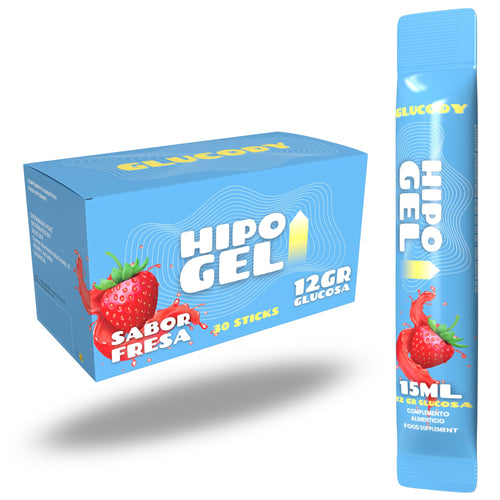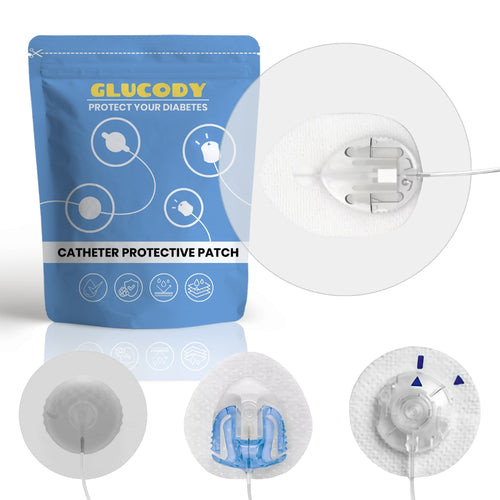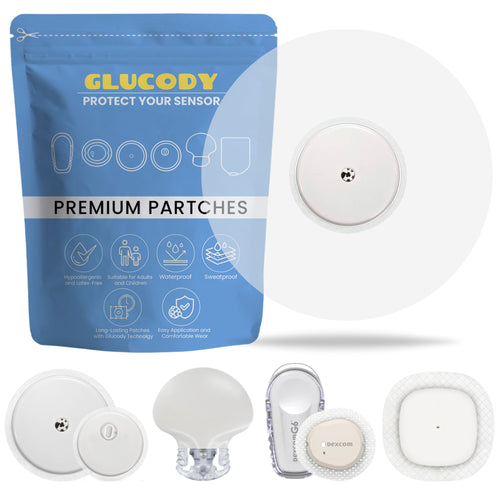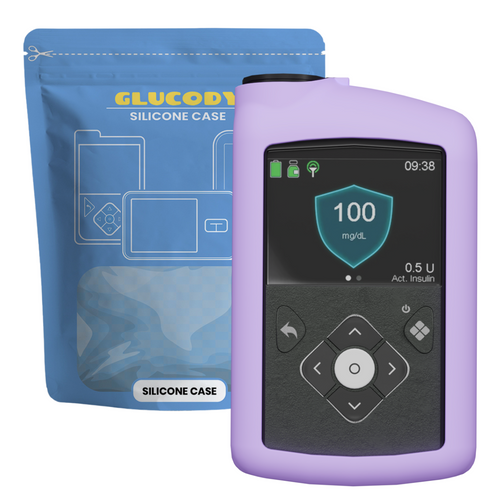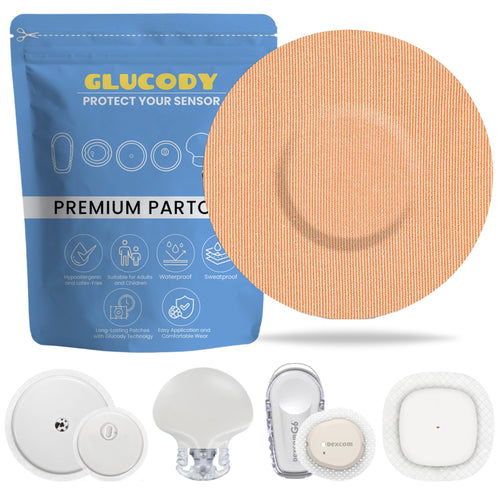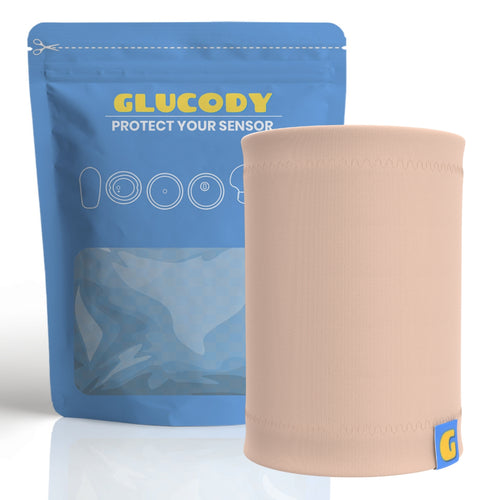Measuring blood sugar is part of the daily routine for anyone with diabetes. Whether with a traditional glucometer or a needle-free sensor, knowing your glucose levels allows you to make informed decisions, adjust diet, exercise, or medication, and avoid complications. But what do those values really mean? What is considered a normal level? How are the results of a blood glucose measurement interpreted?
Today, at Glucody, we clearly and simply explain: what types of measurement exist, what are the normal blood glucose levels according to age, how the measurement is done, and what to do if your sugar is high or low.
Types of blood glucose measurements
Blood glucose measurement can be obtained in two main ways:
- Measuring blood glucose at a specific moment (with a glucometer or sensor).
- Using glycated hemoglobin (A1C). Accumulated value over the last 2-3 months.

Blood sugar measurement
It is the most common and is done with traditional glucometers or sensors. It measures the glucose (sugar) level in the blood at a specific time of day, whether fasting, after eating, or before sleeping.
The measurement can be done at:
- Milligrams per deciliter (mg/dL): Common in Spain and Latin America.
- Millimoles per liter (mmol/L): More used in Anglo-Saxon countries
A1C glucose measurement
Also called glycated hemoglobin, this test is not done with a glucometer but with blood analysis in a laboratory. It shows the average glucose over the last two or three months and is expressed as a percentage.
It is used to diagnose diabetes or assess if it is well controlled over time. That is why it is very useful to complement it with daily measurements.
Normal blood sugar levels
Below, we present two tables with the ranges considered normal, both for daily glucose and glycated hemoglobin.
Normal blood glucose values (mg/dL)
|
Time of measurement |
Normal value |
Prediabetes |
Diabetes |
|
Fasting |
70 – 99 |
100 – 125 |
≥ 126 |
|
2 hours after eating |
< 140 |
140 – 180 |
≥ 180 |
|
Random (any time) |
< 140 |
140 – 199 |
≥ 200 |
Normal A1C values (glycated hemoglobin)
|
A1C result |
Interpretation |
|
Less than 5.7% |
Level considered normal |
|
Between 5.7% and 6.4% |
Indicates prediabetes |
|
6.5% or higher |
Indicates possible diabetes |
These values are based on the general recommendations of the American Diabetes Association (ADA) and are used as a reference by FreeStyle Abbott.
However, the ideal range may vary slightly depending on age, medical history, type of diabetes, and recommendations from each healthcare system. It is always advisable to interpret results with the support of a healthcare professional.
Levels by age
Glucose levels (blood glucose value) may vary slightly depending on age and overall health status. Here is a general guide by age ranges for normal fasting glucose levels:
|
Age |
Fasting glucose (mg/dL) |
|
0–10 |
90–180 |
|
10–40 |
90–130 |
|
40–60 |
90–100 |
|
60+ |
80–110 |
This table shows how normal fasting glucose values can vary according to age:
- 0–10 years: Wider range (90–180 mg/dL), due to metabolic variability in children.
- 10–40 years: The range narrows (90–130 mg/dL), which is considered an acceptable fasting blood glucose for healthy young adults.
- 40–60 years: Values between 90 and 100 mg/dL are considered to reflect normal range blood glucose.
- 60+ years: A bit more flexibility is accepted (80–110 mg/dL) due to metabolic changes associated with age.
This flexibility does not mean that levels outside the range are always pathological, but that age can influence how values are interpreted.
How to measure blood glucose level
Nowadays, measuring blood glucose is easy and fast thanks to technological advances. Basically, you can do it:
- With traditional glucose meter: finger prick, test strip, and instant reading.
- With flash glucose meter (like the Freestyle Libre): sensor attached to the arm that is scanned with a reader or mobile.
- With continuous monitor (CGM): sensors that measure in real time and send alerts.
In any of these cases, it is key to note your measurements and keep a record. Many devices already do this automatically and offer graphs to facilitate monitoring.
And if you already have your Freestyle Libre sensor, at Glucody we offer you a case that fits perfectly, protects it from bumps, and gives it a personal touch.

What to do if you have high or low sugar levels?
Detecting a blood glucose value out of range in time is essential to act immediately:
If you have high sugar (hyperglycemia):
- Drink water to help eliminate excess glucose.
- Walk or do light physical activity if your doctor approves.
- Avoid foods rich in simple carbohydrates.
- Check your levels and consult your doctor if it remains high.
If you have low sugar (hypoglycemia):
- Consume 15 grams of fast-absorbing carbohydrates, such as a glucose tablet (available at Glucody). Wait 15 minutes and measure again. If it persists, repeat the intake and consult a professional.
Carrying glucose tablets or gels with you is a practical and safe measure for any unforeseen event. You can easily find them in our online store along with other products that make your daily life with diabetes easier.
Glucody your faithful companion in glucose control
At Glucody we know that glucose measurement is not just a number, but part of your routine, your safety, and your peace of mind. That’s why we design and offer products that improve the experience and protect your sensor and meters:
- Protective covers for sensors and pumps.
- Adhesive patches for secure attachment.
- Ready-to-go glucose tablets.
- Stickers and wristbands to personalize and protect.
Want personalized advice? Contact us today. We are here to help make your life with diabetes easier, safer, and a little more beautiful. Do you use Freestyle Libre? We offer you the case for the freestyle sensor and protect your device in style.


